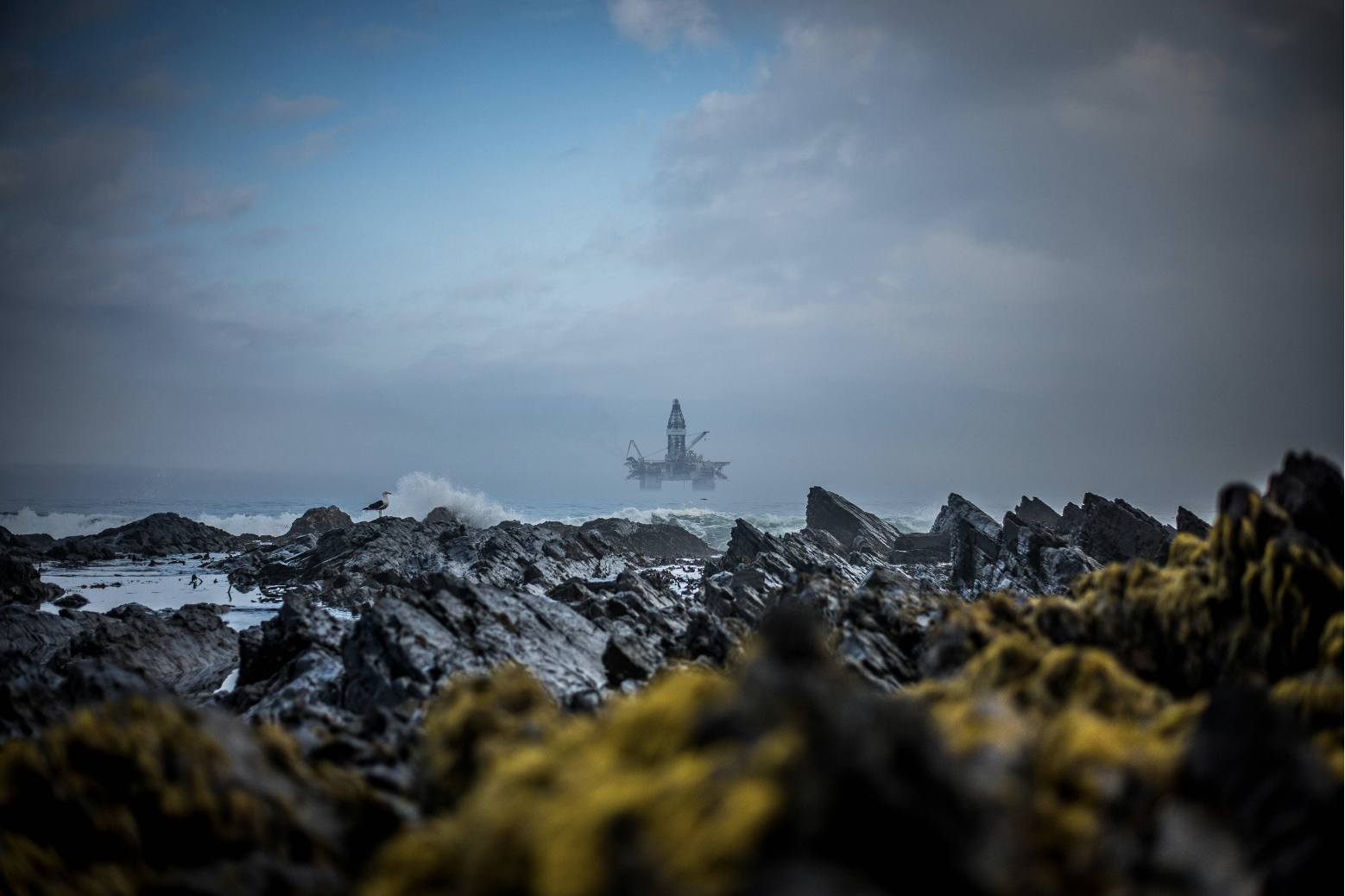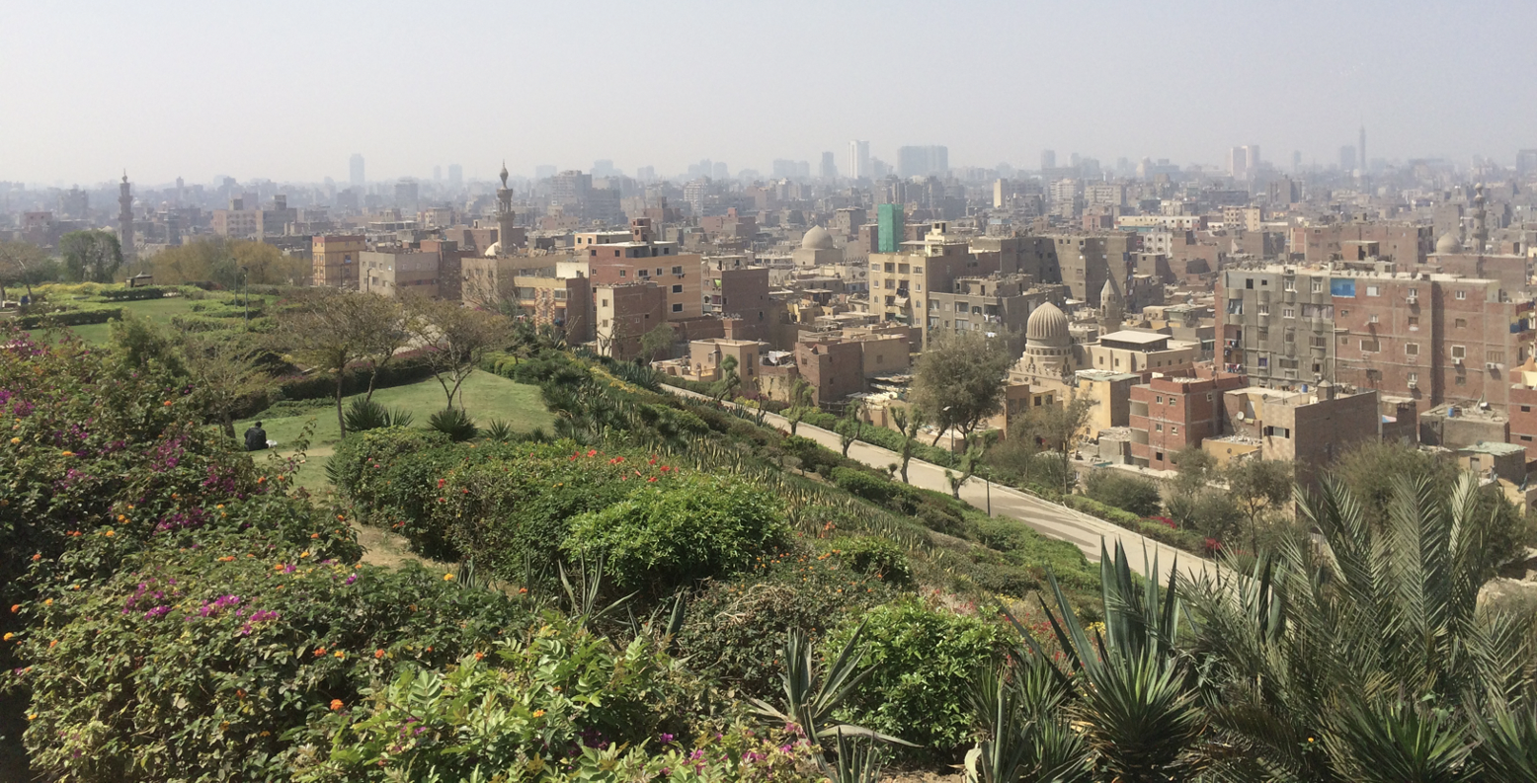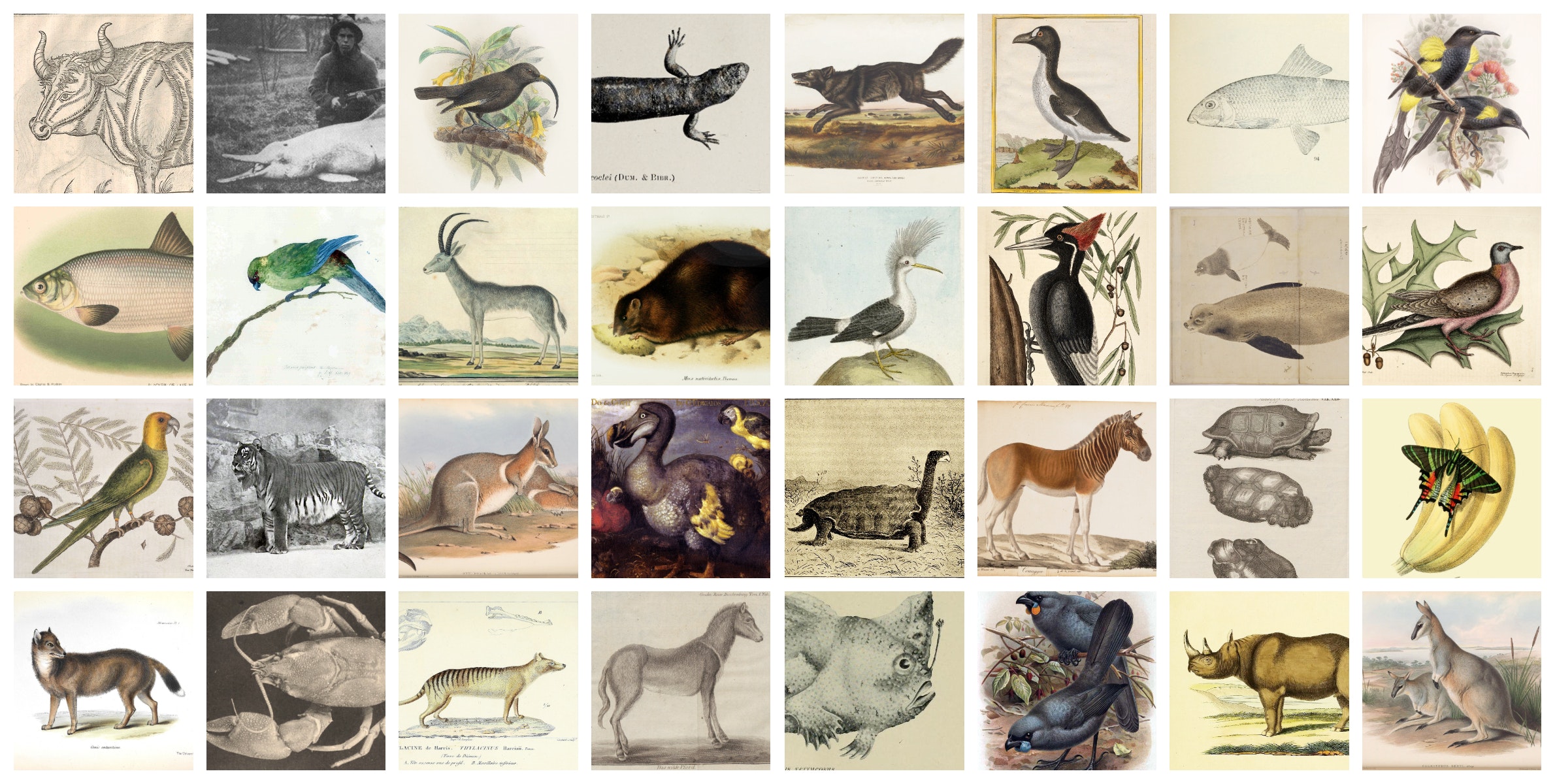
- Trainer/in: Sonja Dümpelmann
- Trainer/in: Uwe Lübken
Up until the late nineteenth century, cities and country, the urban and the rural, culture and nature were often considered opposites. In this course, students are introduced to how these dichotomies, along with their refusal, have contributed to shaping the urban environments we inhabit today and will inhabit in the future. How, by and for whom, have urban environments been shaped, designed, and built? The course explores relevant topics, concepts, themes, and sites that help understand different types of urban environments, their development, reception, and representation in different media.
This course is part of a module that consists of two components. The course P 7.1 is accompanied by P 7.2 that consists of local site visits. Students learn about the history of selected urban landscapes in Munich, and about the challenges facing these landscapes today.
- Trainer/in: Sonja Dümpelmann
- Trainer/in: Pooja Nayak
- Trainer/in: Spencer Adams
- Trainer/in: Sonja Dümpelmann
- Trainer/in: Pooja Nayak
- Trainer/in: Sonja Dümpelmann
- Trainer/in: Uwe Lübken
This class looks at the origins, the development and the multiple subfields of disaster studies from a humanities and social-science perspective. Emphasis will be laid upon when, how and why a scholarly interest in (natural) disasters arose, on key analytical terms such as vulnerability and resilience, and on the importance of categories like race, class, gender, and able-bodiedness. We will focus on disaster memory (and the lack thereof), on cultural representations of destructive events, and the economic dimension of catastrophes (risk, insurance, “disaster capitalism”). Finally, we will look at the intersections of climate change and disaster as evidenced for example in processes of displacement and migration. One guiding question of this seminar will be: “How natural are natural disasters?”
Image: Staff of the Disaster Research Center during a flood in Cincinnati, Ohio 1963 (Disaster Research Center, University of Delaware)
- Trainer/in: Uwe Lübken
This course examines the interaction between humans and the natural environment in Germany in historical, comparative and transnational perspective. We will study urban and national parks, analyze the transformation of landscapes, and look at how natural catastrophes have influenced society, culture and politics. Furthermore, we will discuss the history of environmental movements, the environmental impacts of mobility systems, and the embeddedness of human societies in the more-than-human world.
This seminar is part of a new Munich summer program offered by the Amerika-Institut during the summer term. It is open to LMU students and to students from US partner universities.
- Trainer/in: Uwe Lübken
- Trainer/in: Kim Förster
- Trainer/in: Uwe Lübken

- Trainer/in: Sonja Dümpelmann
- Trainer/in: Uwe Lübken
- Trainer/in: Uwe Lübken
- Trainer/in: Uwe Lübken
- Trainer/in: Uwe Lübken
